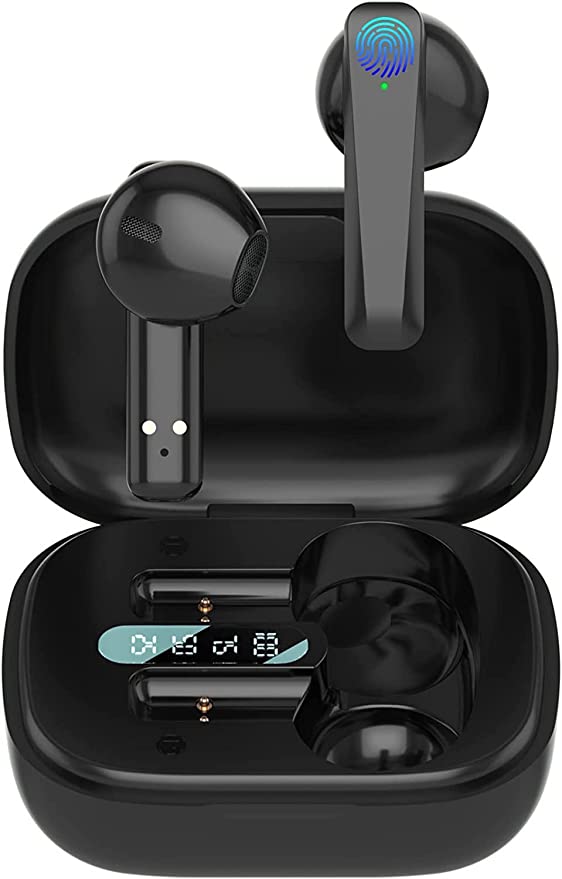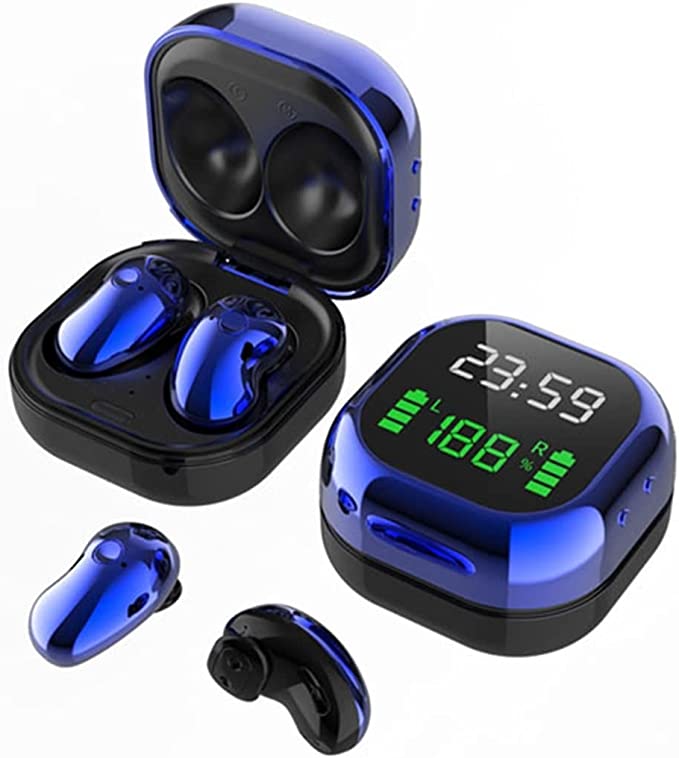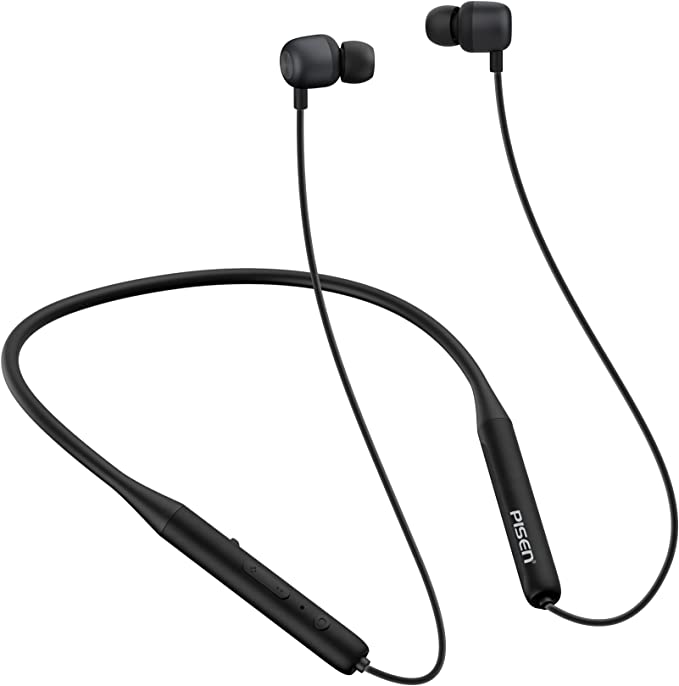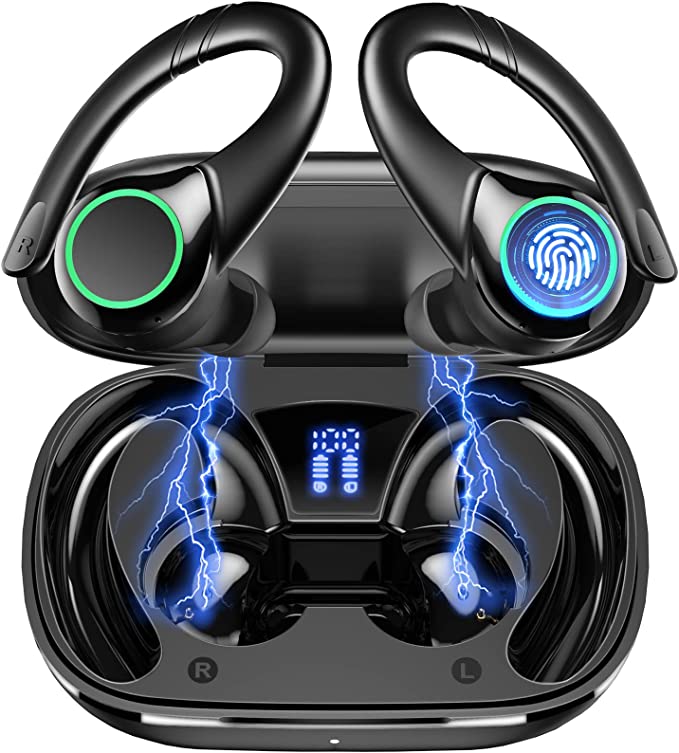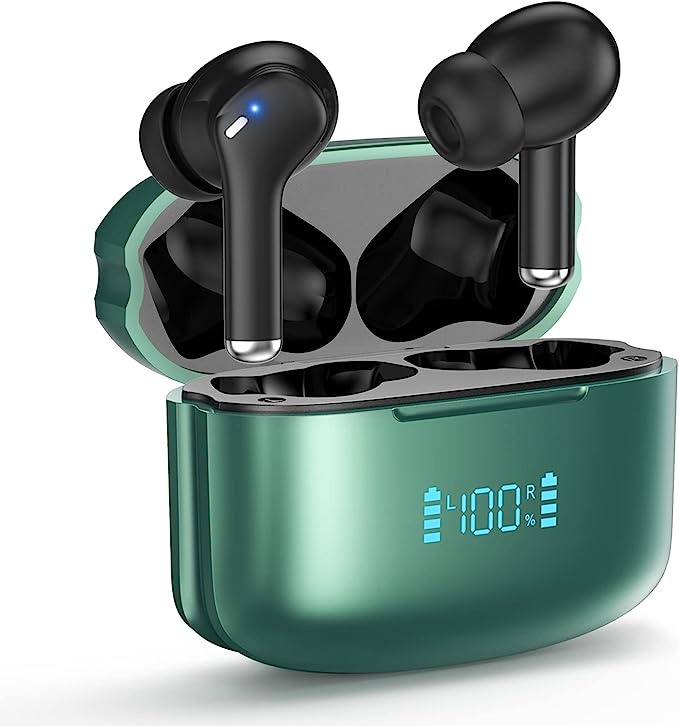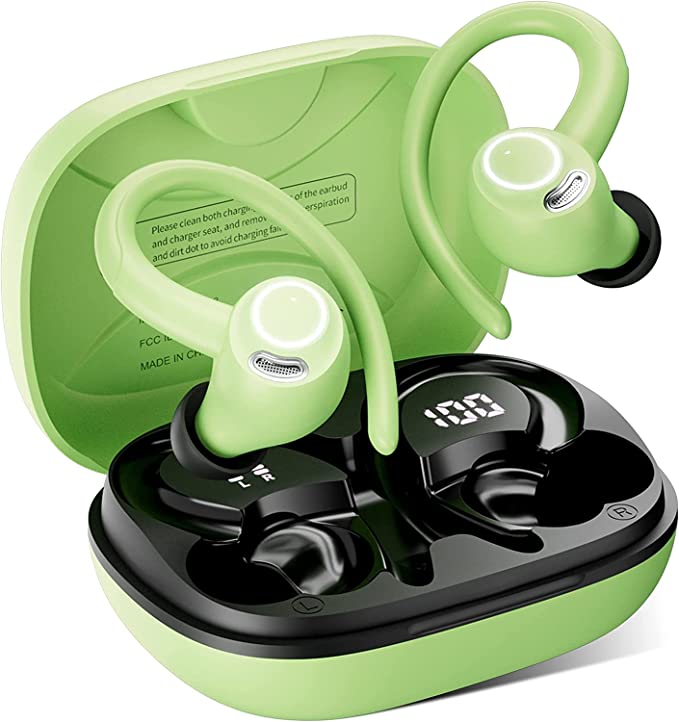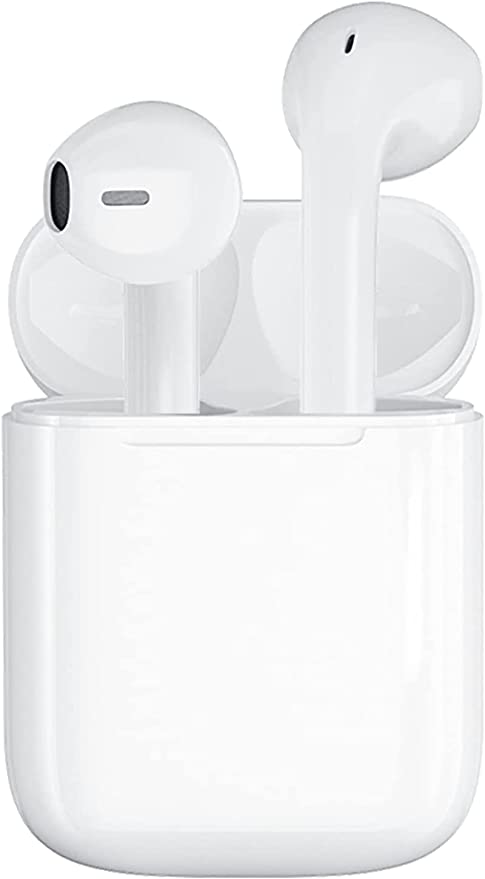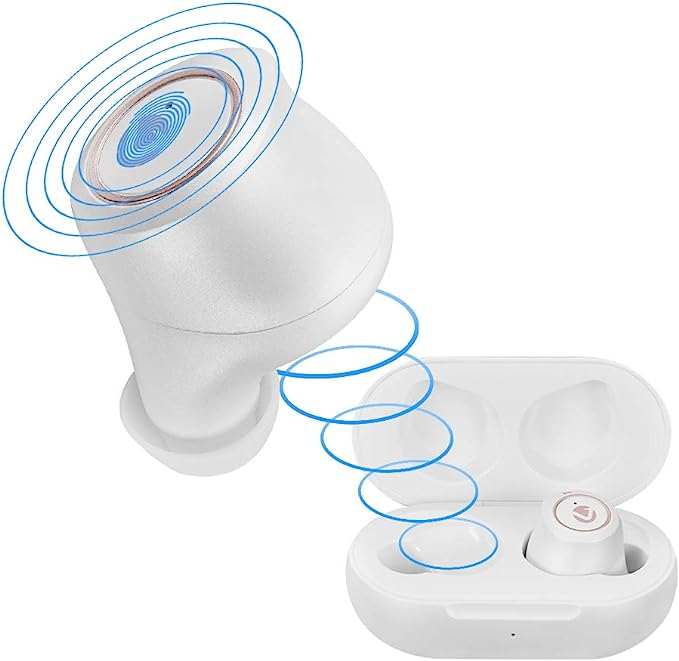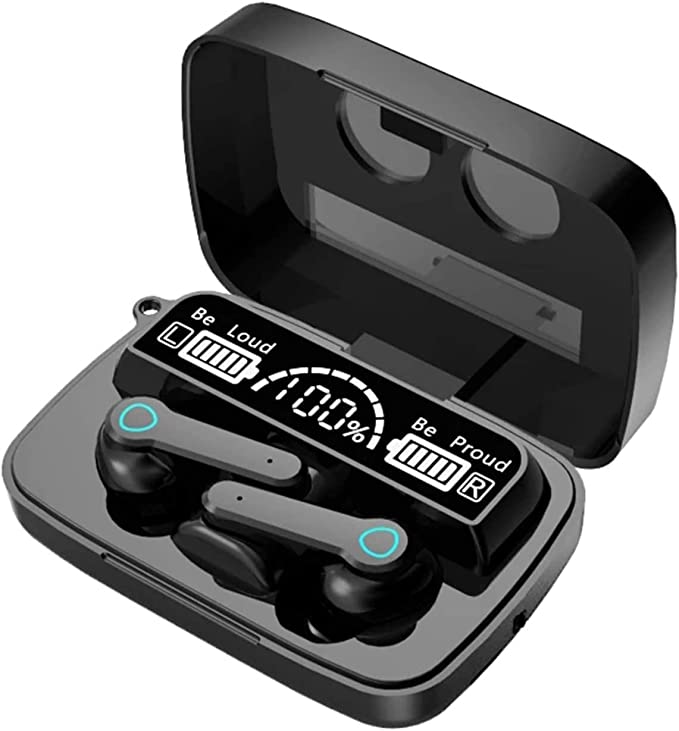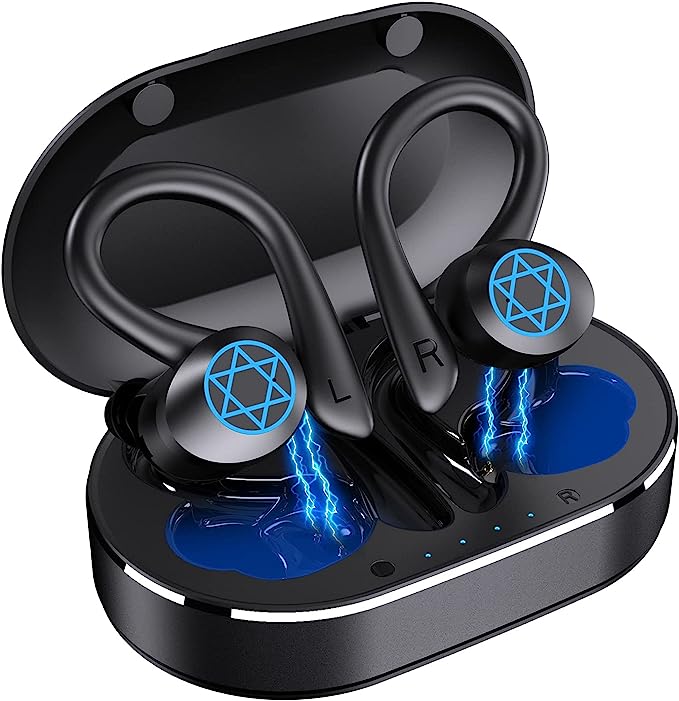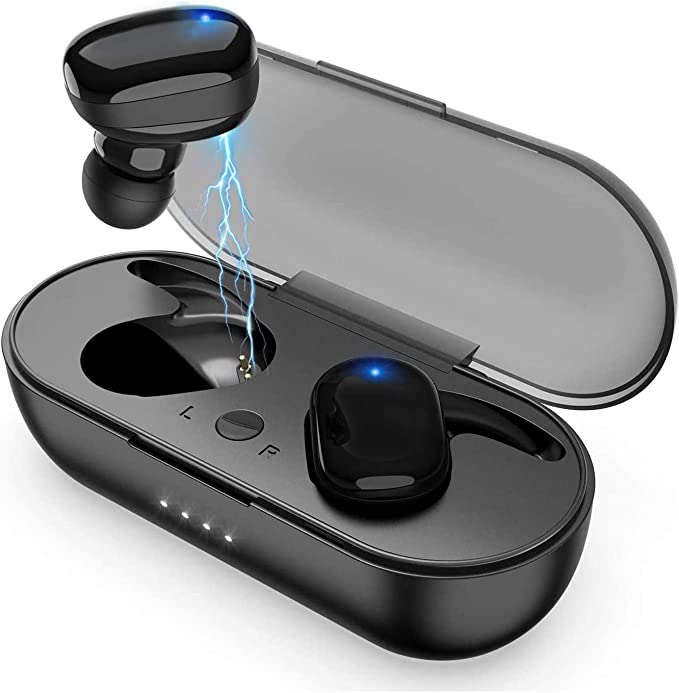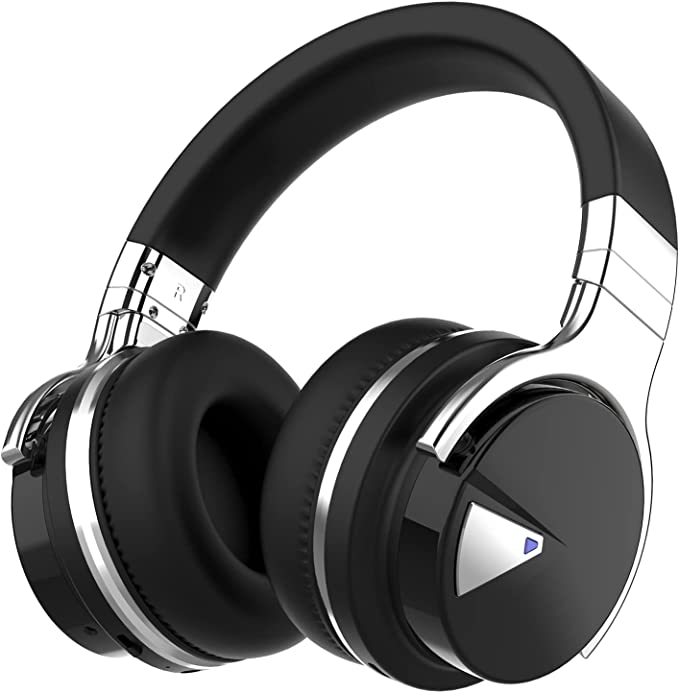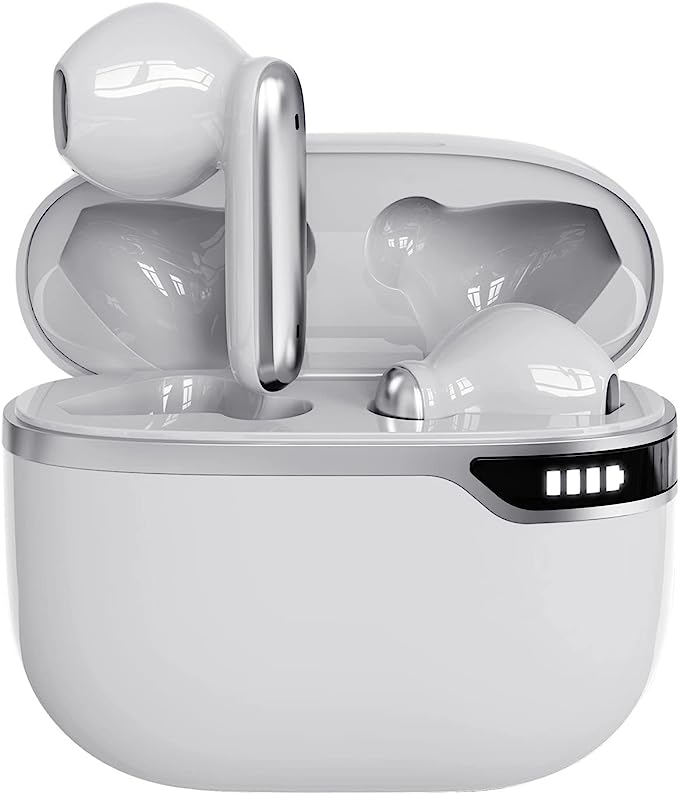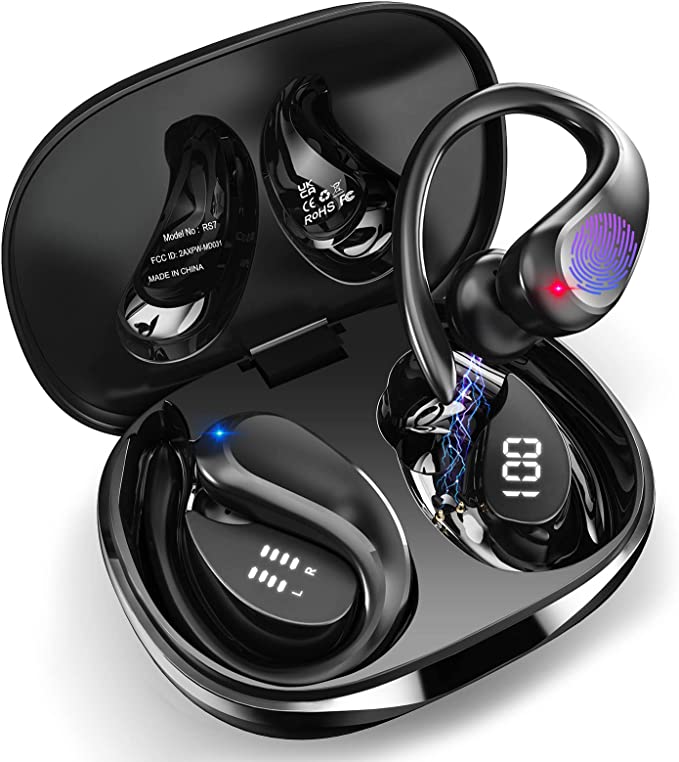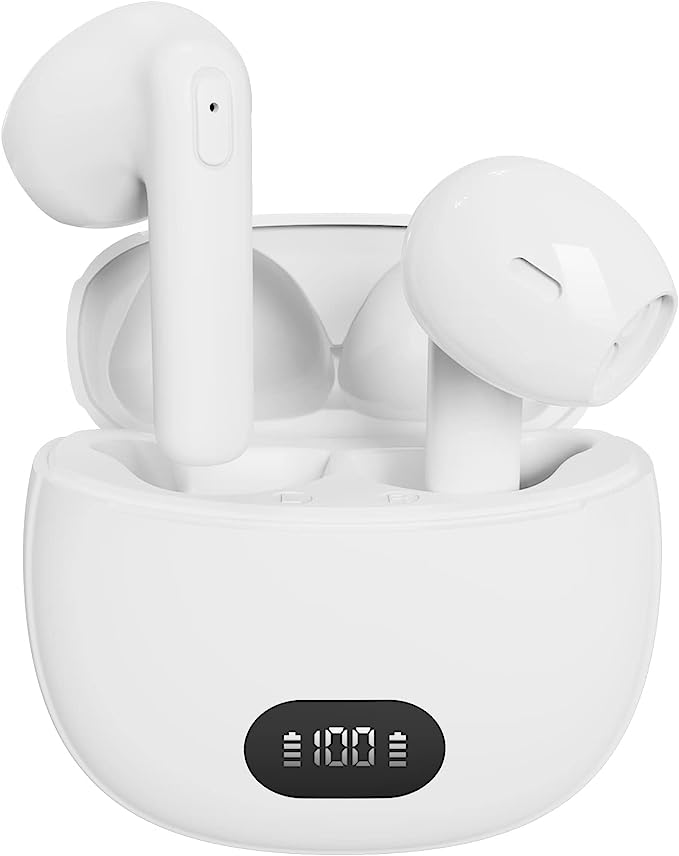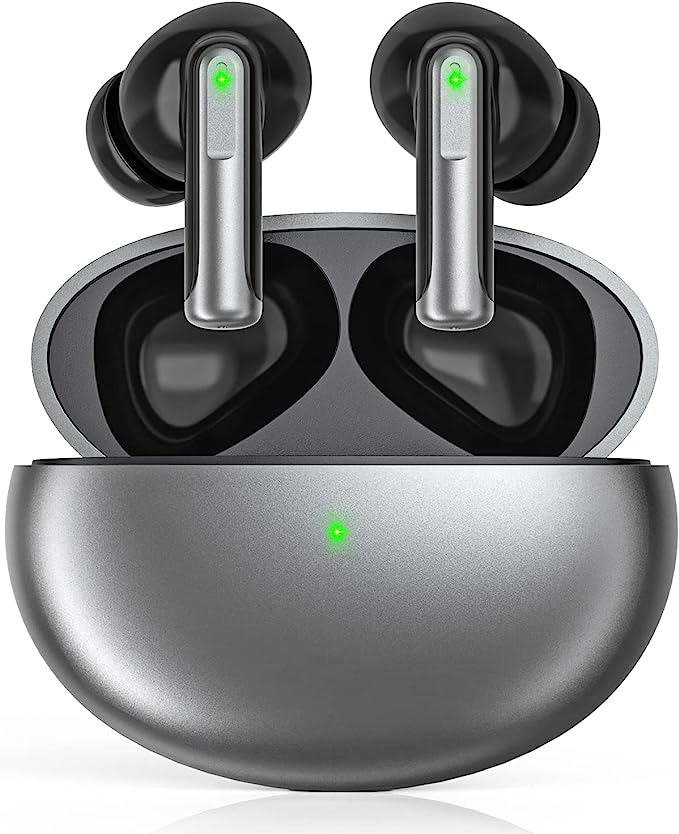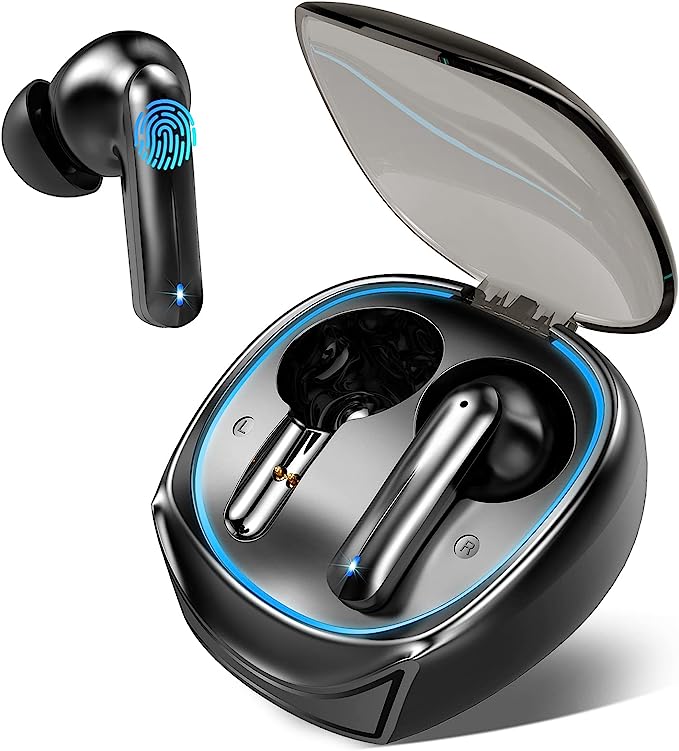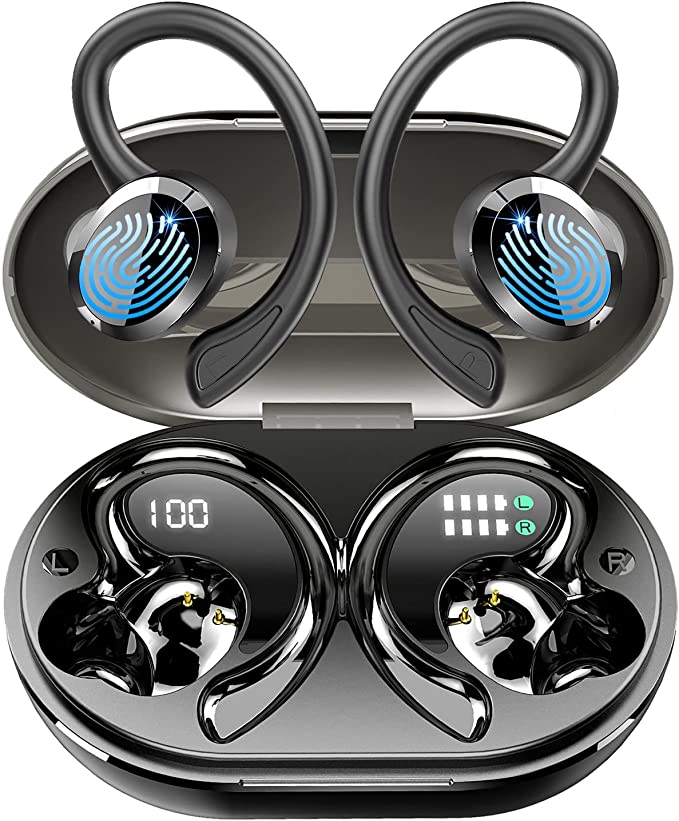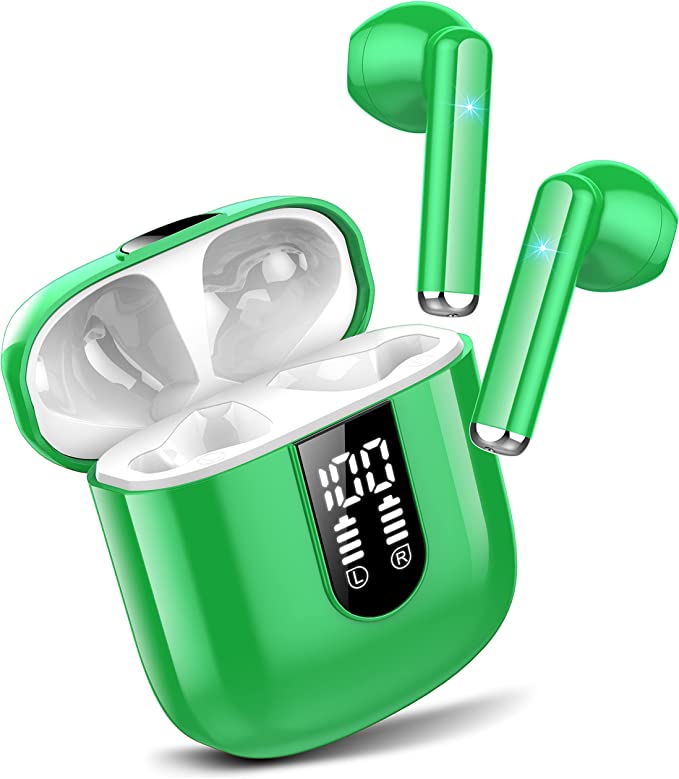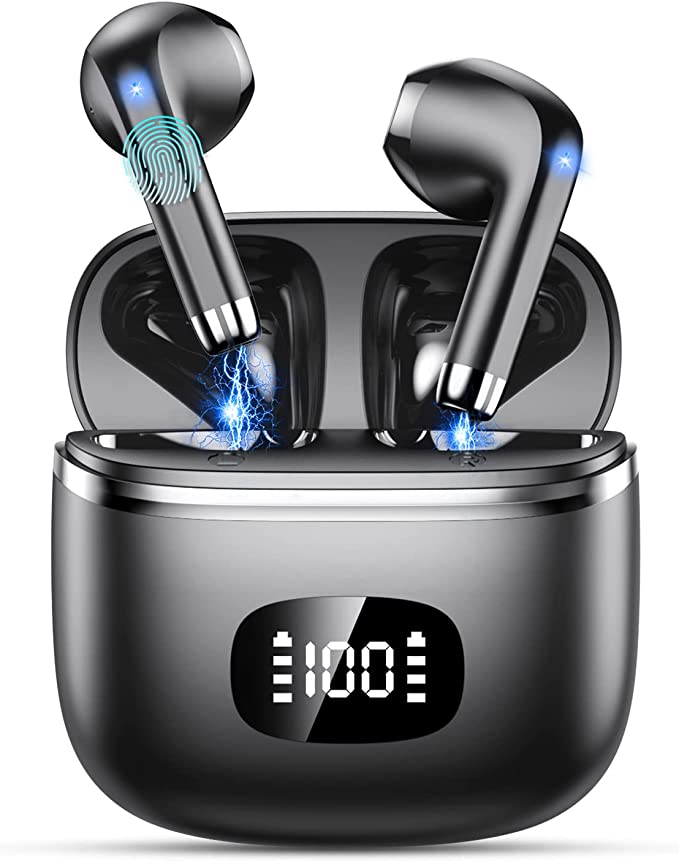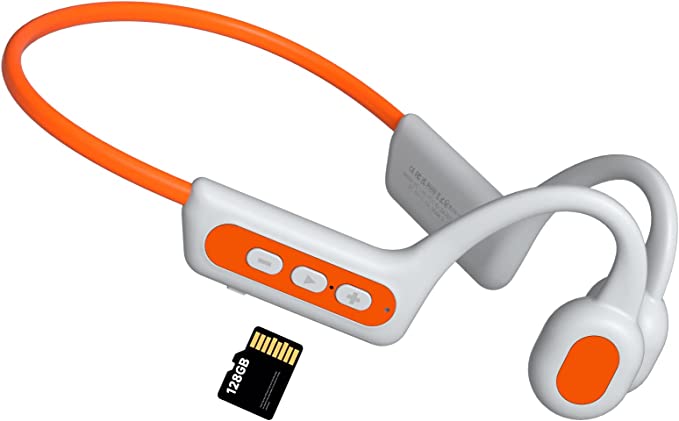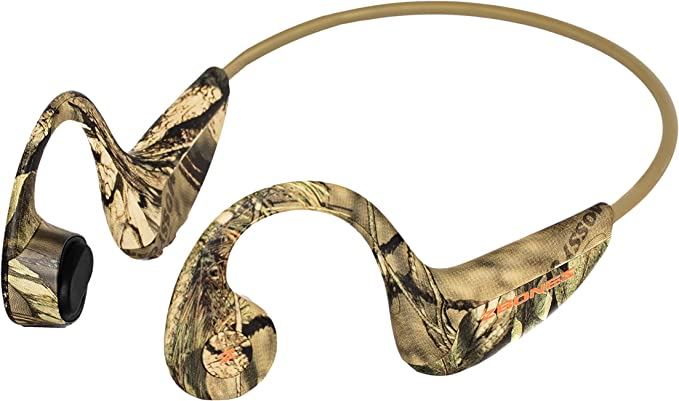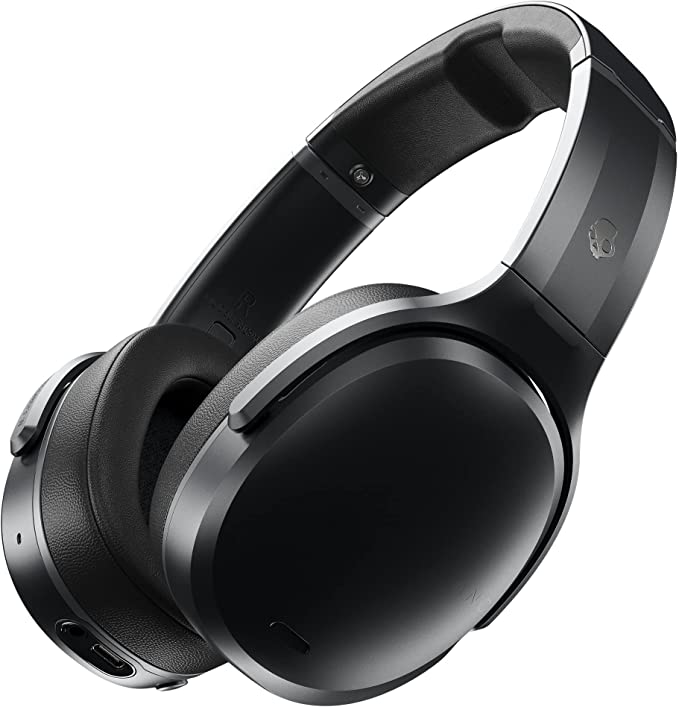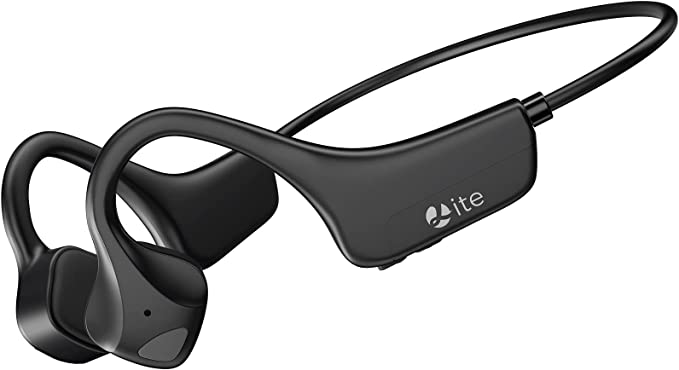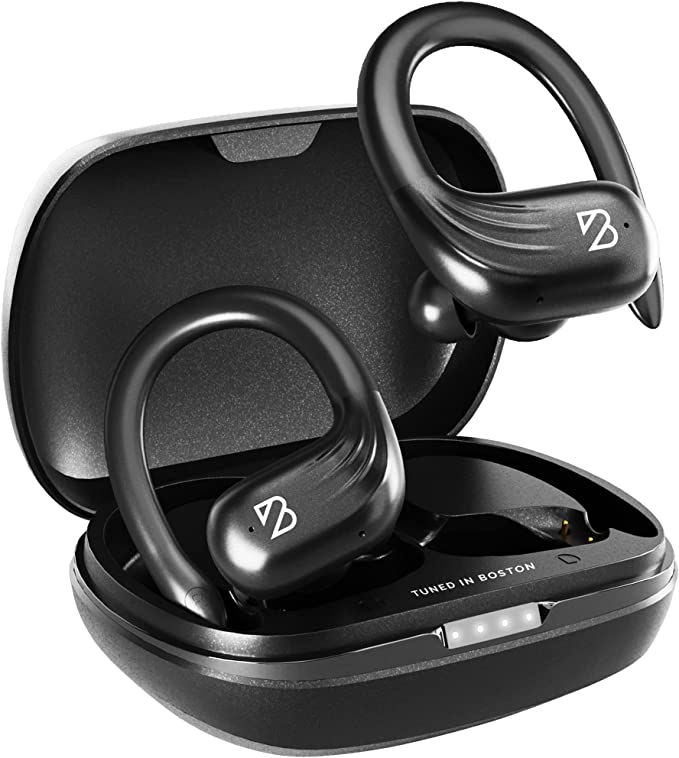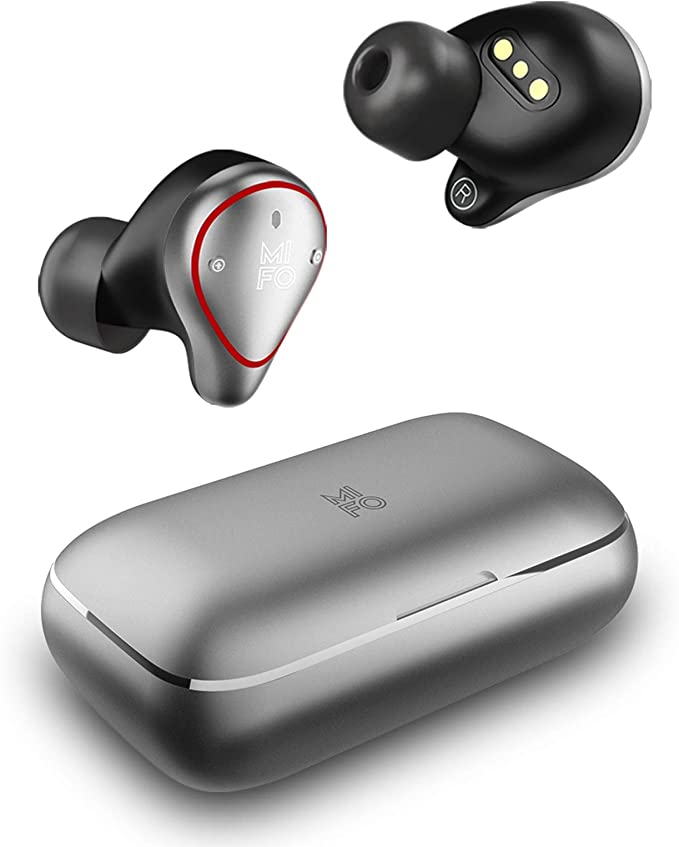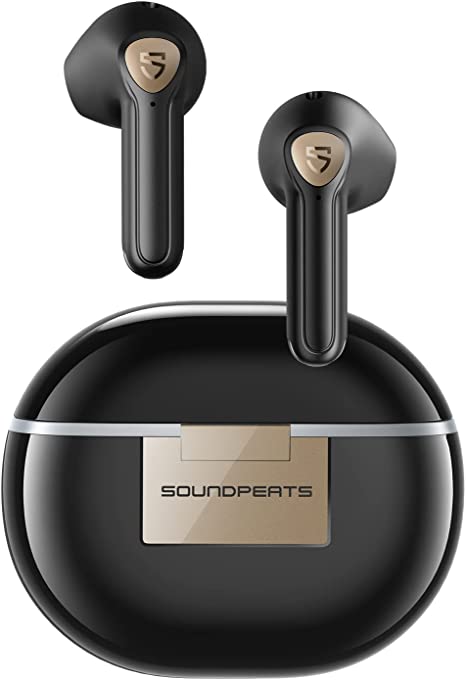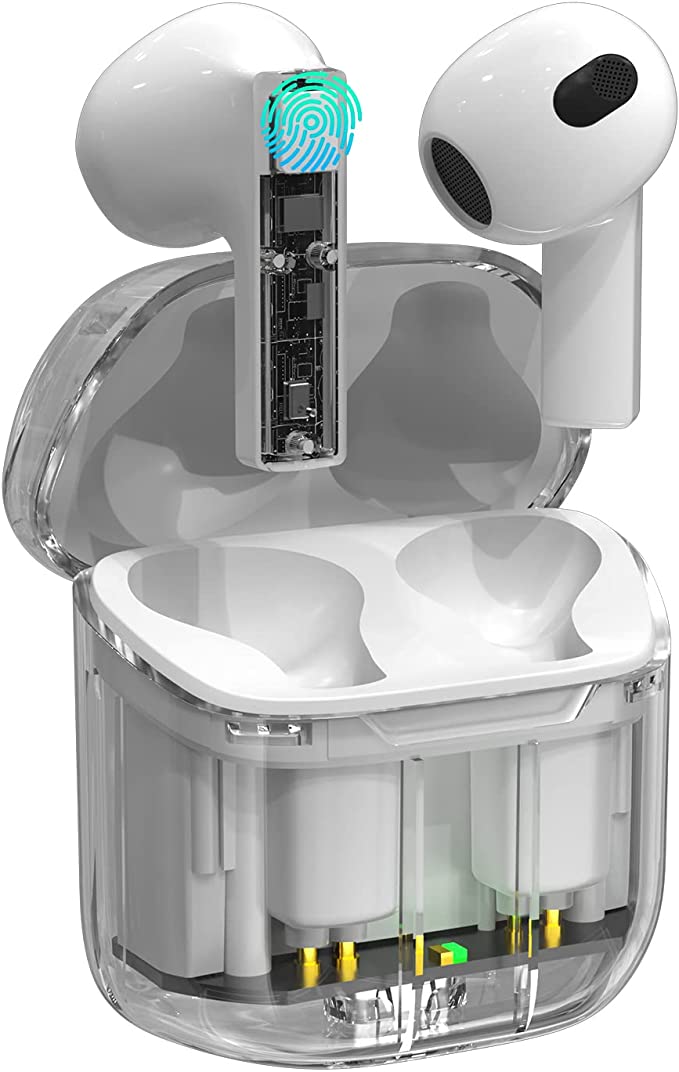The Earbud Spec Sheet, Decoded: What Bluetooth 5.3, 13mm Drivers, and IP7 Actually Mean for You
Update on Oct. 30, 2025, 12:47 p.m.
You’ve seen them. You’re browsing for a new pair of wireless earbuds, and you’re hit with a wall of numbers and acronyms: Bluetooth 5.3, 13mm drivers, IP7, AAC, 36-hour playtime… It all sounds impressive, but what does it actually mean?
It’s easy to feel overwhelmed. In a market flooded with options, especially budget-friendly ones, these technical specifications are the main selling point. But they can also be the most confusing.
Let’s cut through the noise.
Think of me as your guide. Forget the marketing hype. We’re going to embark on a “spec-decoding” journey. We’ll take a typical, feature-packed earbud set, like the Xinwld A97 Pro, as our case study. Why? Because it lists all these modern specs, making it the perfect example to learn from.
My goal is simple: By the end of this article, you won’t just understand what these terms mean; you’ll know exactly which ones matter to you and be able to judge any pair of earbuds like a pro.
Part 1: The Core Experience (Sound & Connection)
These are the non-negotiables. If an earbud fails here, none of the other features matter.
The Invisible Thread: What Is Bluetooth 5.3?
You’ll see Bluetooth 5.0, 5.2, and 5.3 listed everywhere. It’s tempting to think it’s just a minor number change. It’s not. The connection technology is the foundation of your entire wireless experience.
What it is: Bluetooth 5.3 is one of the latest standards for this short-range wireless technology. Think of it as the “language” your phone uses to talk to your earbuds.
What it actually means for you:
- Stability (The “No-Dropout” Zone): This is the big one. Earlier Bluetooth versions could struggle in crowded areas (like a subway or busy street) because of signal interference. Bluetooth 5.3 is significantly better at “channel classification.” In simple terms, it’s smarter at finding a clean, quiet frequency to talk on, meaning fewer random skips and dropouts. This directly addresses the user fear of “what’s the distance without breaking up?” A 5.3 connection should be more robust.
- Lower Latency (The “Video-Sync” Fix): Ever watch a video where the person’s lips move just before you hear the sound? That’s latency. Bluetooth 5.3 is much more efficient, which drastically reduces this delay. For mobile gamers or movie watchers, this is a game-changing feature.
- Power Efficiency: It’s much kinder to the battery life of both your phone and the earbuds themselves, letting them sip power instead of gulping it.
When you see a product like the A97 Pro list “2023 Latest Bluetooth 5.3,” this is what they are promising: a more stable, efficient, and in-sync connection than you’d get from older, 5.0-era buds.

The A97 Pro earbuds, which use the Bluetooth 5.3 standard.
The Sound Engine: 13mm Drivers and Audio Codecs (AAC)
If Bluetooth is the connection, the driver is the engine that creates the sound.
What is a “Driver”?
Inside every earbud is a tiny speaker. This is the driver. Its job is to vibrate and move air to create sound waves. The “13mm” measurement refers to the diameter of its diaphragm (the vibrating part).
Is Bigger Always Better?
Yes… and no.
* The “Yes”: A larger driver, like a 13mm one, can physically move more air than a tiny 6mm or 8mm driver. This is especially good for producing lower frequencies. This is why products with large drivers often (and justly) promise “premium deep bass.” You can feel the punch.
* The “No”: A big driver without good “tuning” is like a powerful car engine in the hands of a bad driver. It can be all boom and mud, drowning out the vocals (mid-range) and cymbals (highs).
The Secret Ingredient: Audio Codecs (AAC & SBC)
This is the other half of the sound-quality equation, and it’s one you (as a “Value-Driven Decoder”) should look for. A codec is the compression language used to send the music over Bluetooth.
- SBC (Subband Codec): This is the basic, mandatory, universal codec. It works, but it’s not great. It compresses the music heavily, and you can lose some detail.
- AAC (Advanced Audio Coding): This is the codec of choice for Apple devices (iPhones, iPads). It’s much more efficient than SBC and provides significantly better sound quality.
What this means for you: If you are an iPhone user, seeing “AAC support” (as listed on the A97 Pro) is a major plus. It means you’ll get the best possible sound quality your phone can deliver to those 13mm drivers. If you’re on Android, AAC is still good, though Android also supports other codecs like aptX (which are less common on budget buds).

The 13mm driver is the heart of the earbud’s sound production.
Part 2: The Lifestyle Features (Livability)
These specs determine how well the earbuds fit into your daily life.
“Noise Cancelling” vs. “Call Noise Cancelling”
This is, without a doubt, the most confusing specification in the audio world. Let’s make it simple.
- Active Noise Cancellation (ANC): This is what most people think of. Microphones on the outside of the earbud listen to the world around you (like a plane engine or office chatter) and create an “anti-noise” wave to cancel it, giving you silence. This is a premium, battery-intensive feature.
- Call Noise Cancellation (ENC): This has nothing to do with your listening experience. This technology uses the earbud’s microphones to focus on your voice and filter out background noise for the person you are talking to.
When a budget-friendly earbud, like the Xinwld A97 Pro, claims “call noise cancellation,” it means it has ENC. It’s designed to improve your “mic quality” so you sound clearer on phone calls. It will not silence the world around you like a pair of ANC headphones. This is a critical distinction!

Multiple microphone ports often indicate a call noise cancellation (ENC) system.
Built to Last: Decoding the IP7 Waterproof Rating
You’ll see IP ratings everywhere (IPX4, IPX7, IP68). What’s the deal?
- IP stands for “Ingress Protection.”
- First Number (or ‘X’): Protection against solids (dust). An ‘X’ (like in IPX7) means it wasn’t tested for dust, which is fine for earbuds.
- Second Number: Protection against liquids. This is the one you care about.
Here’s a quick breakdown: * IPX4: Splash-resistant. Good for a light sweat. * IPX7 (or IP7): This is the gold standard for non-swimming earbuds. It means the device (the earbud, not the case!) can be submerged in up to 1 meter of freshwater for 30 minutes.
What this actually means for you: * Yes: You can sweat heavily at the gym. * Yes: You can get caught in a rainstorm. * Yes: You can (briefly) drop one in a puddle. * No: You cannot go swimming with them (Bluetooth doesn’t work underwater anyway). * Be Careful: This rating is for freshwater. Salty sweat and pool chlorine are corrosive. The A97 Pro’s manual wisely notes to “wipe the metal parts… after exercise to avoid corrosion by sweat.” This is fantastic advice for any earbud, regardless of its IP rating.
CRITICAL NOTE: The charging case is NEVER waterproof. Always make sure your earbuds are 100% dry before putting them back in the case.

An IP7 rating means the earbuds themselves are protected from sweat and rain.
Part 3: The “Quality of Life” Specs
These features don’t look as flashy, but they deeply affect your day-to-day happiness.
The Art of Invisibility: Ergonomics and Weight
The best earbuds are the ones you forget you’re wearing. This comes down to two things: weight and fit.
- Weight: The A97 Pro earbuds are listed at just 4 grams each. For perspective, a single sheet of standard paper is about 5 grams. This “ultra-light” design is the key to all-day comfort. Heavy earbuds create pressure points and fatigue.
- Fit & Ear Tips: The ergonomic shape of the earbud matters, but the silicone ear tip is the true hero. A good set of earbuds will come with multiple sizes (like the S/M/L included with the A97 Pro).
Finding the right ear tip does three things at once:
1. Comfort: It fits snugly without aching.
2. Passive Noise Isolation: It creates a physical seal, blocking out a lot of outside noise (for free!).
3. Better Bass: That seal is essential for good bass response. If the seal is poor, all that power from the 13mm driver just leaks out.
Pro-Tip: Don’t be afraid to mix and match. You might be a “Medium” in your left ear and a “Small” in your right.

Multiple ear tip sizes are essential for a good fit, which improves comfort and sound.
Freedom from the Wall: Battery Life and LED Displays
Finally, let’s talk power. You’ll see two numbers:
1. Earbud Playtime (e.g., 6-8 hours): This is how long the buds last on a single charge. This is a solid, full-day number. (Note: The claim of “4 hours for calls” is a great bit of honesty, as the microphones and ENC processing use more power).
2. Total Playtime (e.g., 36 hours): This is the earbud time plus the extra charges stored in the case.
The charging case is your mobile power bank. But how do you know when it’s empty?
This is where a feature like the LED Power Display on the A97 Pro’s case is a massive quality-of-life win, especially on a budget model. Instead of a single, vague blinking light, you get a clear percentage. “75%” means you’re good for days. “15%” means you should probably charge it tonight. It completely eliminates “battery anxiety.”
An LED display on the charging case removes all guesswork about remaining battery life.
A pair of Xinwld A97 Pro earbuds and their charging case.
Your Mission: You Are Now the Decoder
The world of wireless earbud specs is no longer a mystery. You now know that: * Bluetooth 5.3 is about stability and sync, not just range. * 13mm Drivers are great for bass, but AAC Codecs are key to clarity (especially for iPhone). * “Call Noise Cancelling” (ENC) is for your mic, while ANC is for your ears. * IP7 means sweat and rain are no problem, but the case is still a dry zone. * A good fit (via ear tips) and a low weight (like 4g) are the secrets to comfort.
These features, all found on our case-study A97 Pro, are the blueprint for a modern, high-value earbud. Whether you’re looking at that specific model or another one, you now have the tools to look past the marketing and understand what truly matters.


